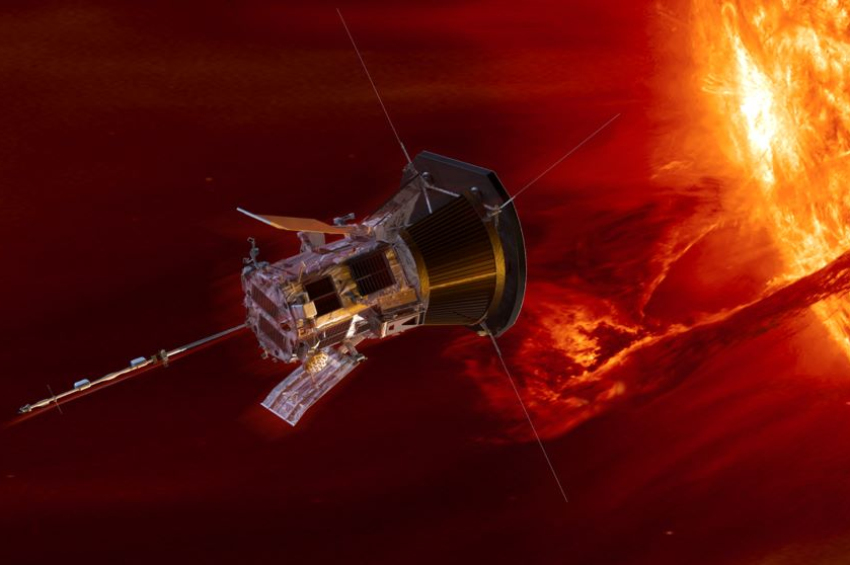Parker Solar Probe achieves historic closest approach to the Sun
The Parker Solar Probe – a spacecraft designed by the National Aeronautical and Space Administration (NASA) to withstand extreme temperatures – has made history once again, setting a new record for the closest approach to the Sun.
On 24 December 2024, the spacecraft passed just 3.8 million miles (6 million kilometers) above the Sun’s surface, traveling at an unprecedented speed of 430,000 miles per hour (690,000 kilometers per hour). This makes it the fastest human-made object ever recorded, a NASA statement reads.
Its advanced heat shield allows it to endure temperatures of up to 2,500 degrees Fahrenheit (1,370 degrees Celsius), enabling it to withstand the intense conditions near the Sun.
More to read:
Why NASA changes New Horizons’ mission
NASA confirmed the probe's safe passage through the solar atmosphere two days later when a beacon signal was received, indicating the spacecraft is in good health and operating normally.
This historic corona fly-through marks the first of many planned encounters at this distance, allowing the Parker Solar Probe to conduct groundbreaking scientific measurements. These findings have the potential to revolutionize researchers’ understanding of the star and its effects across the solar system.
Scientists are particularly interested in using the data gathered by Parker to uncover the reasons behind the Sun’s corona being hundreds of times hotter than its surface and to better understand the solar wind - a continuous stream of charged particles emitted by the Sun that affects space weather and technology on Earth.
More to read:
UAE to send spacecraft to Asteroid Belt in search for water
Launched in 2018, the Parker Solar Probe has already flown through the Sun’s corona, its outermost layer. During its first pass into the solar atmosphere in 2021, the spacecraft discovered that the outer boundary of the corona is characterized by spikes and valleys, contrary to expectations. It also discovered the origin of switchbacks (zig-zag structures) in the solar wind within the photosphere.
The spacecraft is set to remain on a close orbit around the Sun through at least September 2025. It is the first NASA spacecraft named after a living person - honoring physicist Eugene Newman Parker, professor emeritus at the University of Chicago.
***
NewsCafe is an independent outlet that cares about big issues. Our sources of income amount to ads and donations from readers. You can support us via PayPal: office[at]rudeana.com or paypal.me/newscafeeu, or https://buymeacoffee.com/newscafe . Any amount is welcome.







